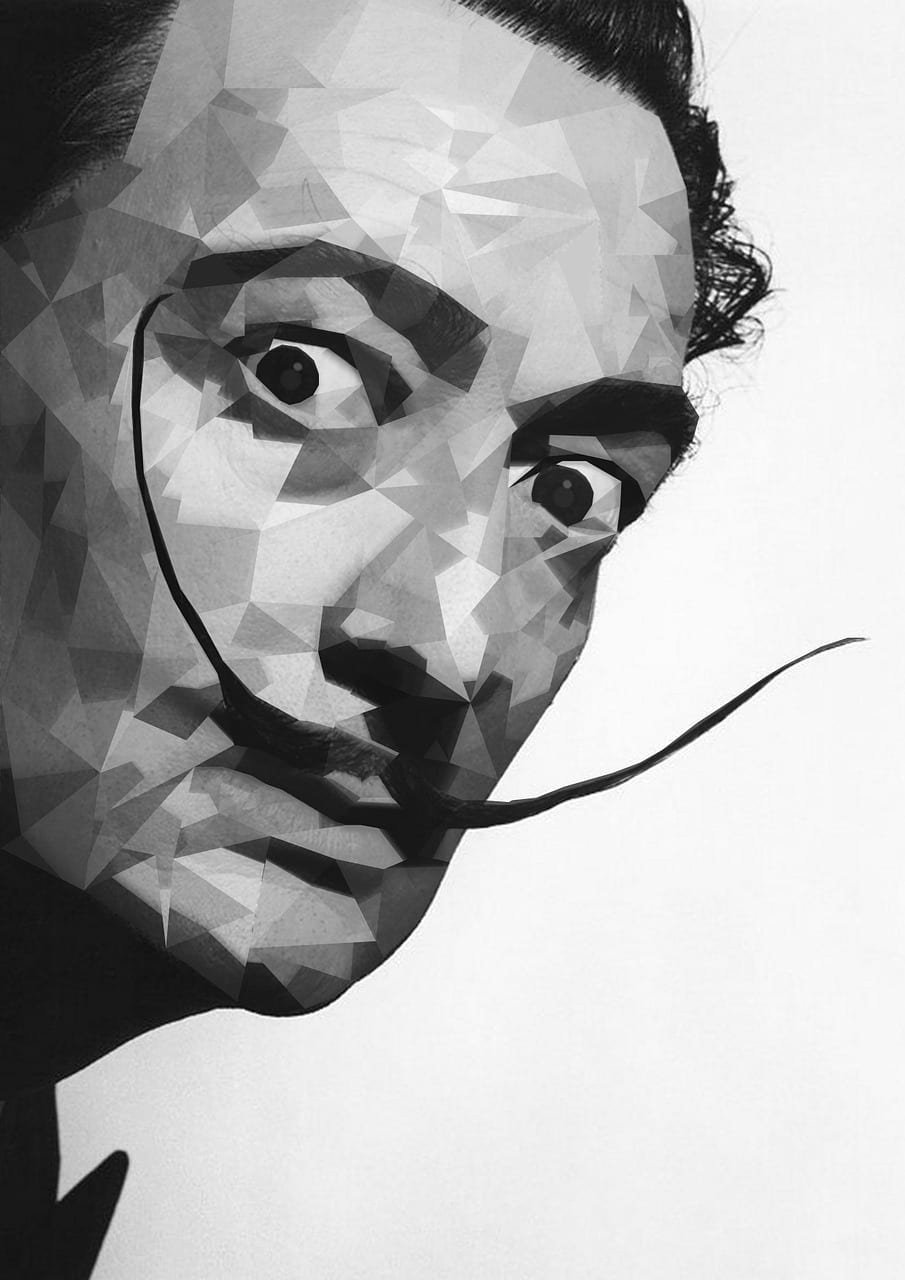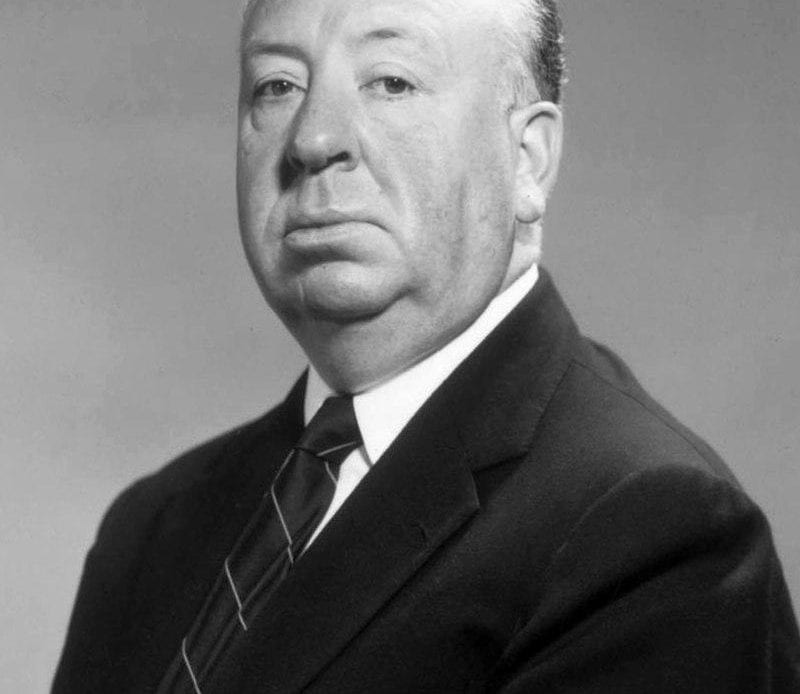
Master of the Macabre
Towards the end of the nineteenth century, a person who was to become one of the greatest directors of all time in Hollywood was born. In his lifetime, Sir Alfred Hitchcock was known as the master of suspense, the thriller of anticipation and the creator of drama. His films broke ground and challenged the audience to dare to watch them. He died in 1980, and since then, he has been studied by scholars and filmmakers alike. Hitchcock’s masterpieces have been analyzed and many a moviemaker has been inspired by this great showman of the almost-horror genre of movies. He is considered one of the most influential and greatest, if not the most influential, filmmaker of the twentieth century.
Hitchcock had the singular art of mixing humor with suspense, fear with fortitude and drama with romance. The viewer can see a genuine understanding of the human psyche in Hitchcock’s movies, even when it was a twisted psyche. His films still continue to rank high in polls and this makes you want to revisit them. You will often hear people say that they can watch his movies repeatedly, without getting bored. His career spanned two different time frames. The early period of his filmmaking was known commonly as the British film period. These were movies that were made before 1940. His American films, more famous than ever, were made later on. Hollywood acknowledges these as his greatest works.
British Hitchcock
Be that as it may, you can’t discount Hitchcock’s early films. If you want to know what the man was all about through his movies, these are essential to watch too. Honorable mentions during this time were The Lodger, The Manxman, Saboteur, Rebecca, The Lady Vanishes and Blackmail. The first film he made when he set foot in the USA in 1939 was a movie for producer David O. Selznick. It was an audacious debut film, to say the least, embroiled in shadows with a gloomy and Gothic aura about its whole nature. This set the stage for all Hitchcock’s films that were to become box office hits later. The recurring theme of the dead affecting the living is commonplace in most, if not all, of his movies. The movie was Rebecca and it starred Lawrence Olivier and Joan Fontaine.
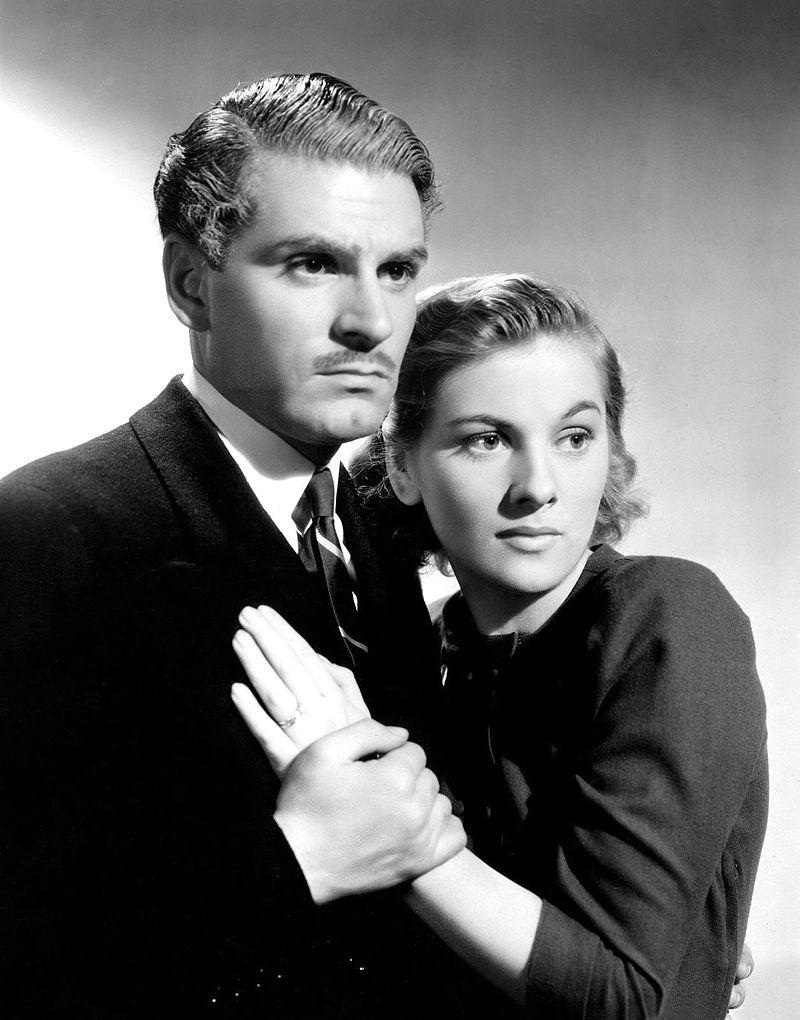
The Period of American Hitchcock
The most well known and well-loved Hitchcock movies were made after 1940. If we haven’t seen them yet, we certainly should. Most of these prints have been restored with the ever-ready hand of technology, so they will be enjoyed and remembered for a long time. If you are a fan of Hitchcock’s masterpieces, you know is a cumbersome task to pinpoint only five movies as “his best”. All his films were great, each unique in its own right, plot and theme. He chose the most talented stars to play his characters, and they all desired him as a director at any point in their own acting careers. He favored Tippi Hedren, Grace Kelly, James Stewart and Cary Grant as actors. So here are the five of Hitchcock’s masterpieces, selected more by compulsion than mere choice.
Dial “M” for Murder (1954)
This is one of the characteristic films of Hitchcock’s preoccupation with the subject of “murder”. It was shot in 3-D for the Warner Bros. studio, but at the time of its release, it wasn’t in 3-D. Alfred Hitchcock himself was somewhat dismissive about the film, but it stands as one of the landmarks of his career. The movie was based on a play, which was a hit. It stars Grace Kelly in the leading role.
The film is a first because it started the era of “Hitchcock’s blondes”. If you’ve seen Alfred Hitchcock’s masterpieces, you’ll notice he was as fastidious about casting blonde actors in female protagonist roles as he was about his central theme of murder. Out of all his movies, this film has one of Hitchcock’s most suspenseful takes. This occurs when Kelly’s character, Margot, is assaulted by Captain Lesgate (played by Anthony Dawson), the man who turns out to be the killer.
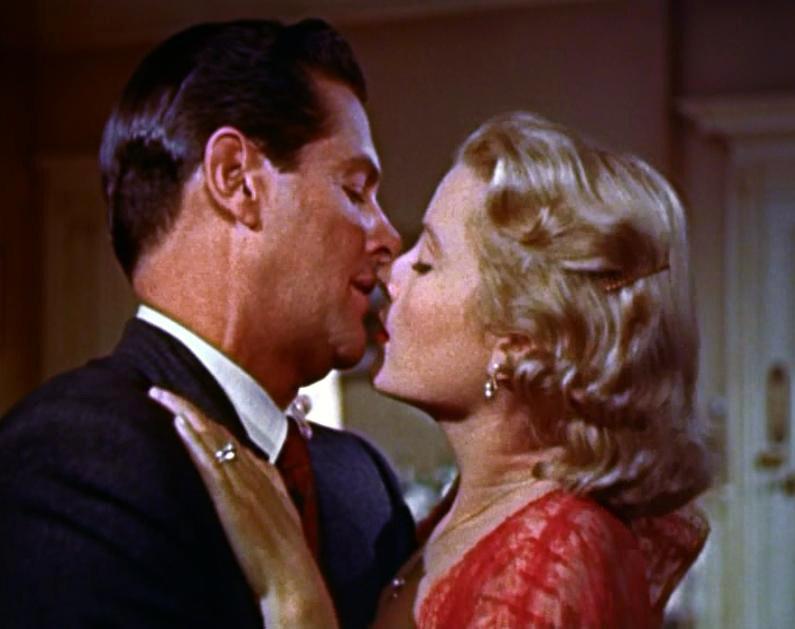
Rear Window (1954)
In 1953, Hitchcock began his stint with Paramount. The first film he made with this studio was Rear Window. It is adapted from a short story and is about a photographer who is cooped up in his home with a broken leg. He has nothing much to do all day but stare out of his window. He gradually begins to suspect his neighbor, living opposite him, of murdering his wife, who is an invalid.
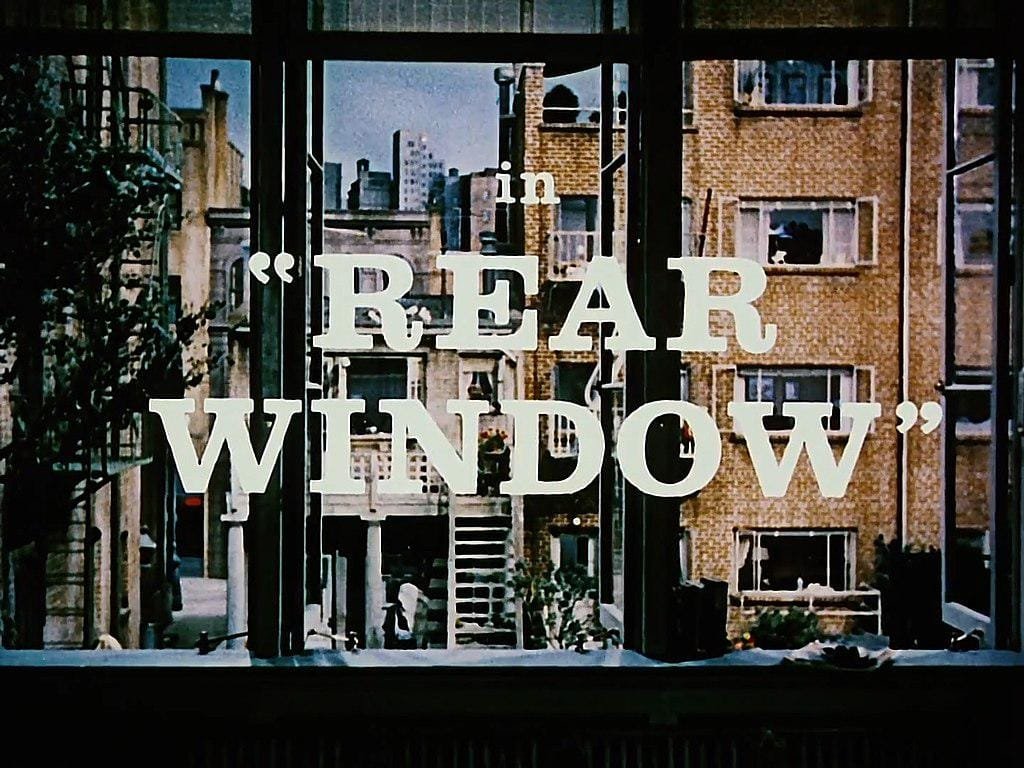
The film stars James Stewart as the photographer and Grace Kelly as his girlfriend. The photographer becomes a voyeur of sorts, witnessing the lives of residents in the apartments facing his. The theme, more than murder, seems to be about the photographer living vicariously through his neighbors. Rear Window is the most memorable of Hitchcock masterpieces, ringing true with global audiences. Hitchcock underwent a long-drawn-out lawsuit with copyright issues over the original short story the film was based on.
Vertigo (1958)
Vertigo is the story of a detective in the police force who is compelled to retire after being rescued by a colleague. The colleague falls and the detective feels at fault. James Stewart acts as this detective. In the film, he comes out of retirement to spy on his friend’s wife (played by Kim Novak). The wife appears to be living out her life under the control of a dead person. The detective falls in love with Novak’s character.
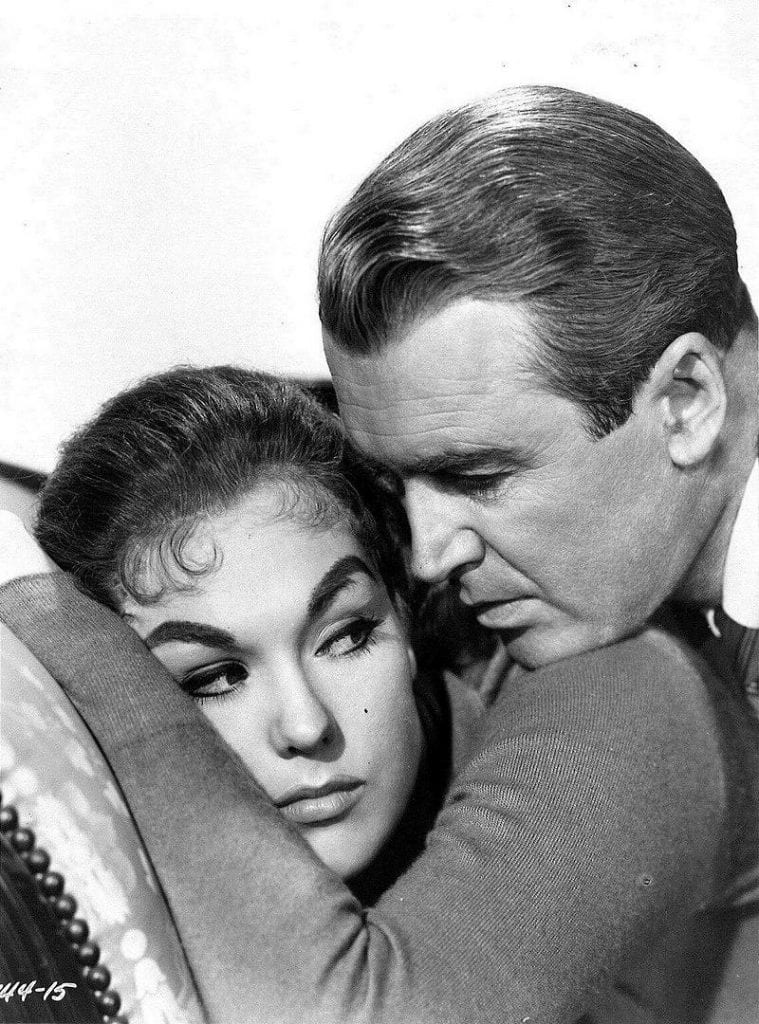
The story unfolds from there, as the detective follows Novak’s character everywhere, becoming obsessed. He almost goes mad. The story of the film, though a tad convoluted, was widely acclaimed due to its fabulous locations and innovative visual style.
Psycho (1960)
The greatest Hitchcock masterpiece? Probably the greatest cinematic masterpiece of all time! Hitchcock wanted to make a horror movie on a tight budget. He adapted Robert Bloch’s novel, rich and heady in its plot, and thought it would be a successful film. The book was called “Psycho” too. The film cut across so many boundaries in film making, it’s hard to list them here. The film technique was creative and the unraveling of the plot terribly suspenseful.
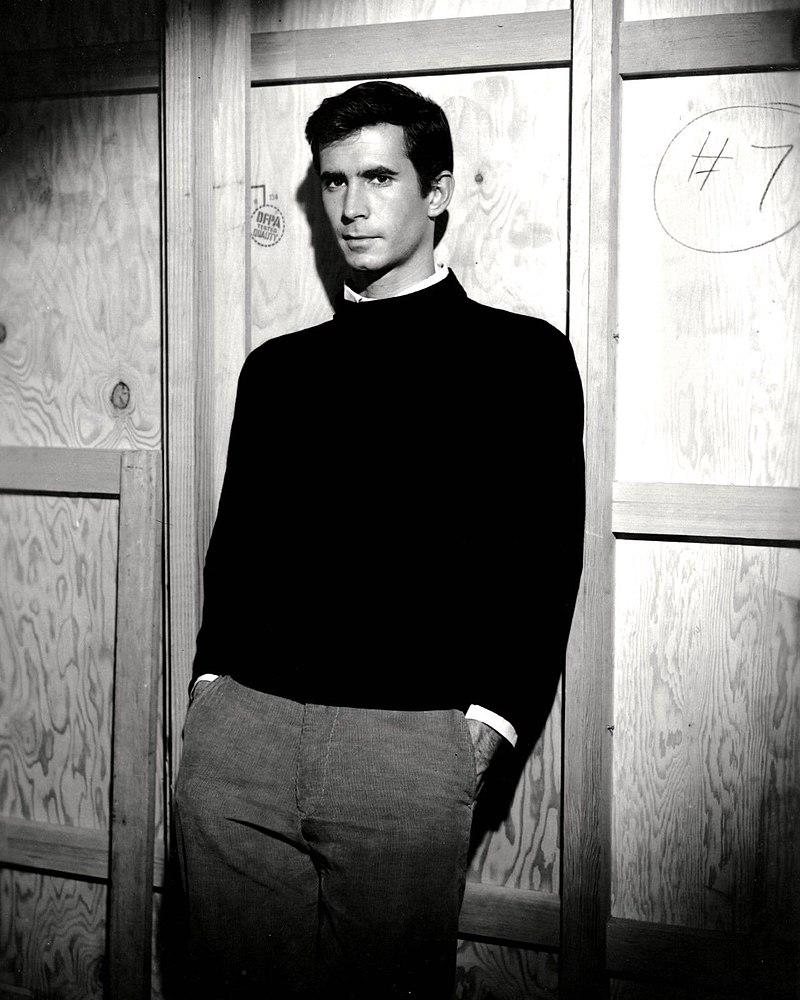
The film centers around Marion Crane (Janet Leigh), who runs off with money stolen from her employer. The goal is to meet her boyfriend and start a life with him. Nevertheless, she is forced to take a detour as rain hampers her driving any further. She stops for the night at the Bates Motel, run by Norman Bates (played by Anthony Perkins in a role that defined his career). Marion ends up hacked to death on her night there in Alfred Hitchcock’s most famous “shower murder” scene.
In this morbid whodunit, you can’t guess the killer till the end. Who was it? Norman? Jealous ma? Set against the backdrop of the famous Psycho House, the dead rule the world of the living as Norman is obsessed with his dead mother’s memory. He lives through her in a tormented twist of an Oedipus complex. As Marion’s sister is led to the hotel to find her sister, she uncovers a terrible secret in the cellar of the spooky house.
The Birds (1963)
The Birds was made following the tremendous success of Psycho. Though it was a very hyped film before its release, audiences were disappointed by the unrealistic cardboard-like bird figures and the vague conclusion of the film. The ending didn’t seem to justify the bird attacks, and audiences expected explanations. The film stars Tippi Hedren and Rod Taylor, both trying to find each other, and simultaneously attempting to escape the vicious avian creatures. Critics say that the film is plagued with some not-so-proud moments such as an awkward conversation between the protagonists in front of fake-looking sets. Nonetheless, the bird attacks were masterfully directed and the technical execution of the film was advanced for its time. Supporting actors such as Suzanne Pleshette and Jessica Tandy were great in their roles. Tippi Hedren performed better in her next film for Hitchcock, called “Marnie”.
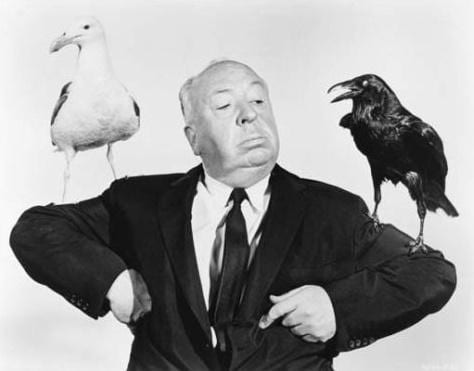
A Master Movie Maker
Fortunately, several of Hitchcock’s masterpieces have been restored to let people enjoy them even now. Once you’ve experienced his magic, you will agree that you can’t pick just five or ten best movies. They are all unique, all different, all with an impact of their own. There is only one thread of commonality that runs through them. They all stay with you, be it a memorable scene or the way the character walks, or the dialogue. If you have seen “The Man Who Knew Too Much” (1956), you cannot erase the memory of the song sung by Doris Day. Que Sera Sera sticks with you forever.
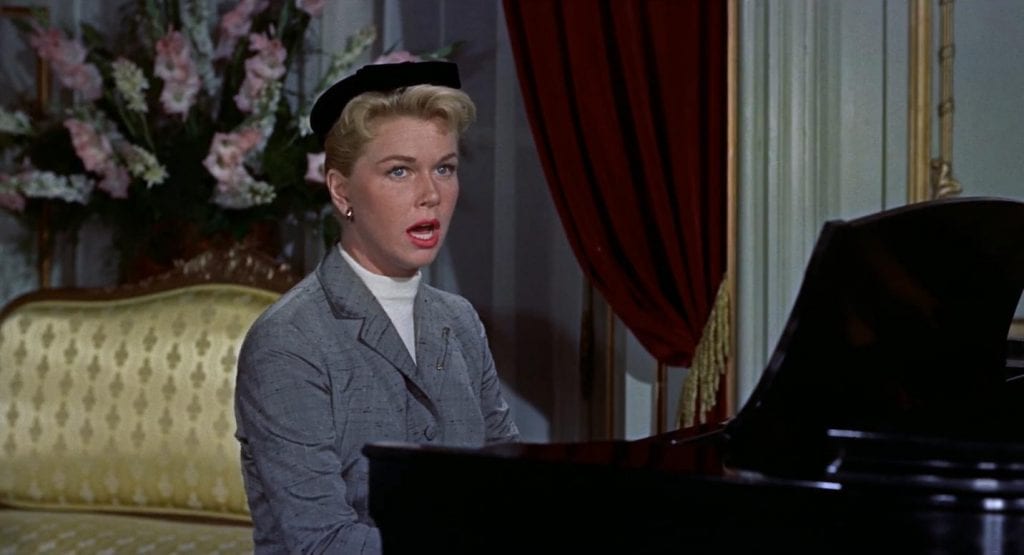
Also, Hitchcock’s movies, though murder-centric, tend to teach the audience a lot about human behavior. His movies were overall entertainers, depicting characters in love, and those beset by stress and anxiety. In 1972, he made Frenzy, almost ten years after his last hit. The movie was about a man who was falsely accused of murders that were actually committed by his friend who was psychotic. The movie resonated with the public in a big way. Hitchcock shot each of his scenes to evoke the maximum suspense. The twists are in the tale, but the way Hitchcock bends them to grip the audience is the devil in his magnificence.

